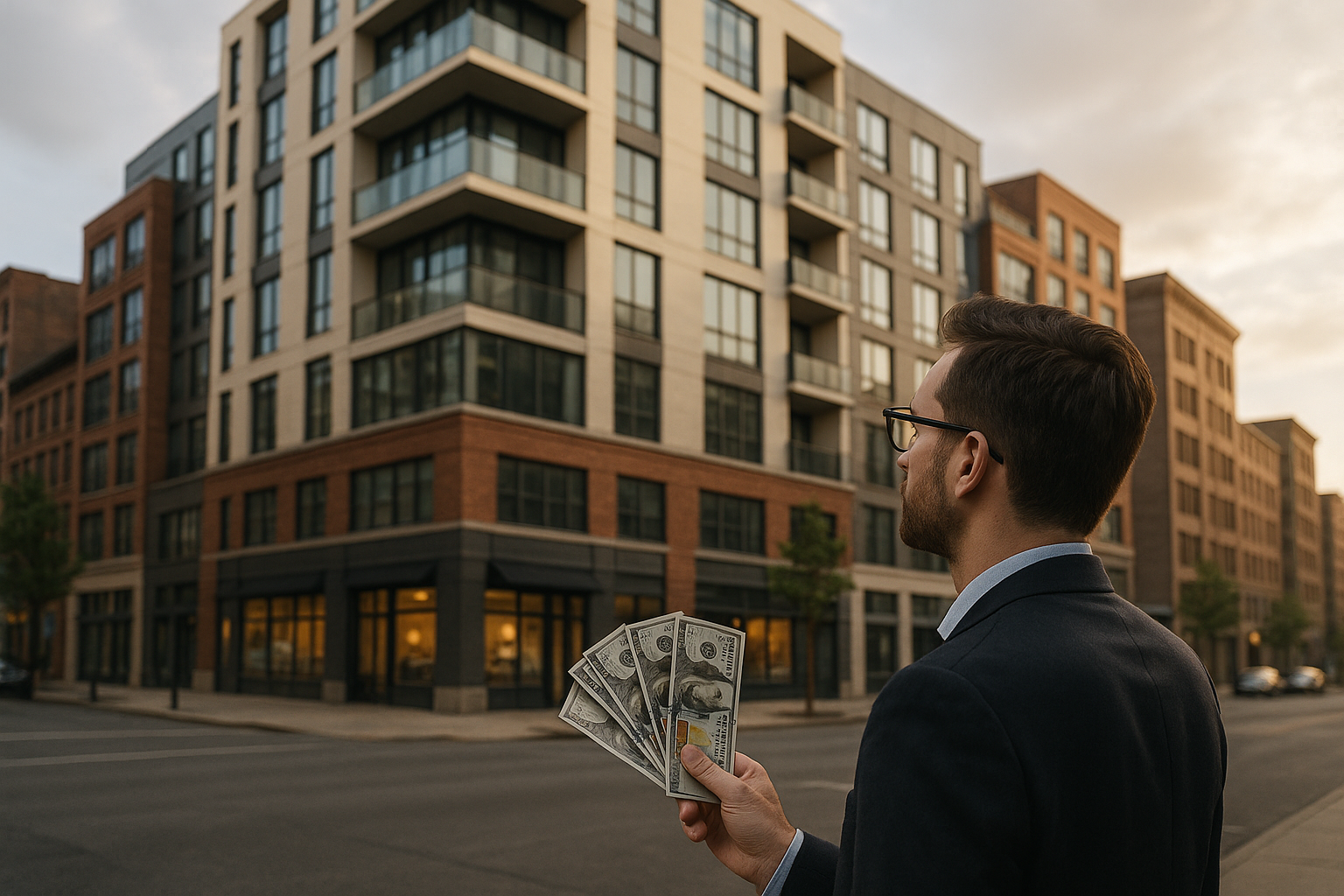The Untapped Potential of Mixed-Use Real Estate Investments
Mixed-use properties are fast becoming a prominent player in the real estate market. These versatile establishments, which combine residential, commercial, and sometimes industrial spaces, offer unique opportunities for investors. This article will delve into the intriguing world of mixed-use properties, from their historical context to their current market trends, advantages, and challenges.

A Historical Perspective on Mixed-Use Properties
Before the advent of zoning laws in the early 20th century, mixed-use properties were common in urban landscapes. Over time, however, urban planning trends favored segregation of land uses, and mixed-use properties fell out of favor. But in recent decades, there has been a resurgence of interest in these properties, driven by urban revitalization efforts and changing consumer preferences.
Current Market Trends in Mixed-Use Real Estate
The rise in popularity of urban living and the desire for walkable communities are driving the demand for mixed-use properties. These developments, often located in city centers or close to public transportation hubs, offer residents the convenience of living, working, and playing in the same area. This trend is expected to continue, as more people value the convenience and lifestyle benefits these properties offer.
Financial Insights and Analysis
Mixed-use properties can offer higher yields than traditional residential or commercial properties due to their diversified income streams. They can generate rental income from different sources, including residential tenants, retail stores, and commercial offices. This diversification can also reduce risk, as the property is not wholly reliant on a single market sector for income.
Advantages and Challenges of Investing in Mixed-Use Properties
Mixed-use properties can provide several advantages for investors. Besides potential higher returns, these properties can offer increased tenant retention rates, as the blend of residential and commercial spaces creates a vibrant community that attracts and retains tenants.
However, investing in mixed-use properties is not without challenges. These properties can be more complex to manage than single-use properties, requiring a broader range of skills and expertise. In addition, securing financing for mixed-use properties can be more difficult, as lenders often perceive them as riskier investments.
Potential Impact on Buyers, Sellers, and Investors
For buyers, mixed-use properties can offer a unique lifestyle that combines the convenience of urban living with the community feel of a small town. For sellers, the growing demand for these properties can translate into higher selling prices.
For investors, mixed-use properties present an opportunity to diversify their portfolios and potentially achieve higher returns. However, these investments require careful consideration and potentially a higher level of management expertise.
In conclusion, while mixed-use properties present unique challenges and require a certain level of expertise, they also offer an exciting opportunity for investors looking to diversify their portfolios and tap into evolving urban living trends. As with any investment, it is important to conduct thorough research and consider the potential risks before diving in.




